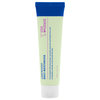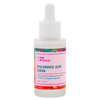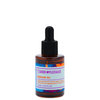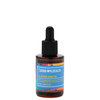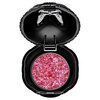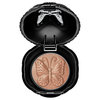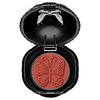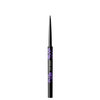$5 Versus $50: What Makes a High-End Lipstick High-End?
Published May 27, 2014

Every lipstick has its price. And depending on who you’re buying it from, you may find yourself on either the deep end or the shallow end of the retail pool. Maybe you’re the kind of person who always splurges on the season’s hottest shade at the makeup counter. Or maybe you’re more prone to scouring shelves for the biggest bargain. Either way, we wondered: if you can find great lipsticks all along the price spectrum, then why is it that some cost pennies, and others eat up half a Benjamin?
Turns out, there’s often more to jacking up the cost of a lipstick than simply slapping a high-profile name on the package. The old cliche “you get what you pay for” is true, at least to some degree. “The higher price opens up a host of ingredient options that aren’t always possible at the lower price point,” says Danny Griffin, vice president of Product Development at Kevyn Aucoin. “In many cases a higher-priced lipstick will outperform its drugstore counterpart.” But is that always the case? Let’s roll up our tubes and take a closer look.
Ingredients: Fancy ones cost a pretty penny
The biggest difference between a more expensive versus a less expensive product will always be the quality and uniqueness of ingredients used, according to Griffin. ”Today you’ll find so many formulas with exotic butters and extracts that make certain lipsticks stand out from the crowd,” he says. It’s true. Sifting through my own collection, I found ingredients like mango butter, aloe extract, kiwi, and even extracts of honey tucked into $30+ tubes. The price of natural ingredients is no joke. Cheaper ingredients are often synthetic or mass-produced; more luxe versions of those are more expensive for a number of reasons including the costs of harvesting, preservation, and importing. The reason your fruit-fortified lippie has a few extra bucks on your drugstore staple is the same reason that you could get four Quarter Pounders with cheese for the price of a Whole Foods salad. For example, instead of beeswax or perhaps sumac wax (harvested from Japanese sumac tree berries), a lower-priced lipstick may include affordable mineral oils and waxes.
Performance: Pricier picks have superpowers!
A pricier lipstick may not only have a better quality formula, but it may also feel and look better on (and last longer) than a less expensive shade. “Some treatment additives can transform the feel and condition of your lips,” says Griffin. These additives aren’t crucial to the product, but give the main ingredients an extra boost. So your lipstick might drop a few notches on the price scale without the spendy addition of argan oil, but the superior hydration the expensive oil offers would probably make it a standout in your kit. Breakthroughs in cosmetic technology have also given some of our favorite lip products superpowers—think plumping and all-day wear. You can probably find products with many of these features at your local Walmart, sure, but you’ll likely notice a difference in texture, wear, and even the condition of lips when comparing those to boutique formulas.
Still, I spotted some ‘top shelf” ingredients floating around in my $5 lippies—but in smaller concentrations. And you will still find common corner-cutting waxes and synthetic add-ins that make up most of the popular drugstore formulas in some higher-end brands. In those cases where the ingredients are comparable to a cheapie, what exactly are we paying that extra $10 or $20 for?
Packaging: Because we do sometimes judge a book by its cover...
“It’s the complete package that keeps a customer coming back again and again,” Griffin told us. “Visually, you’re usually attracted to amazing packaging, something different from the rest.” He even admits that in many instances, he’s had a really cool packaging or case component before he had the formula to put in it! But in the end, it’s the lipstick itself that really matters. “Ultimately, the way a formula performs, as well as factors like distinctive shade options are what create loyalty to a certain product or brand,” he says.
We have to agree, no matter how much you might enjoy dabbling in trendy colors on the cheap, there’s something to be said for the whole lipstick experience. Nothing beats the feeling of a fresh purchase at the makeup counter or shopping first-hand online for something fancy. Personalized help, sanitized testers, free gifts, stylish shopping bags, and purchases wrapped up like little presents—these perks are not what you’ll find with a $7-or-less product. They’re certainly worth at least a few extra bucks!
So here’s the final verdict: A price tag won’t always indicate a superior lipstick, but a glance at the ingredients list and the detail of the packaging may help decipher an especially low or high cost. In the end, the best lipstick is the one that works for your style, your lips, and your budget.
You Might Also Like
-
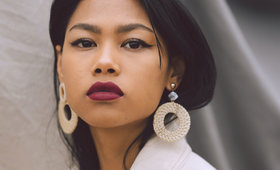
Lips
Our 5 Favorite Berry Lipsticks for Winter
-
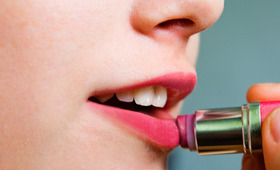
Lipstick
The Science Behind Long-wearing Lip Color
- 130
-

Lipstick
5 Flower-Inspired Lipstick Shades
-

Lipstick
Obsessed: MAC’s Limited Edition Yung Rapunxel
- 355
-
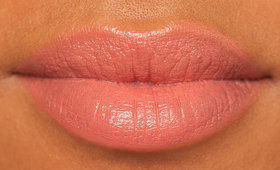
The Lipstick Reviews
Color Your Summer! The Coral-Poppy Lipstick Review
- 685
-
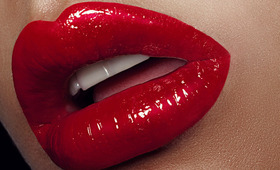
Lipstick
Liquified! Four Red Liquid Lipsticks To Try Now
- 1198
-
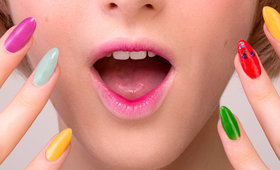
Lipstick
The Trick To Effortless, K-Beauty Inspired Diffused Lips
- 1017
-
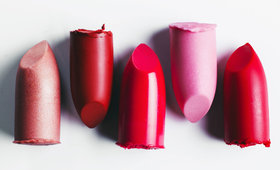
Lipstick
Top 5 Lipsticks for More Than Just Your Lips



